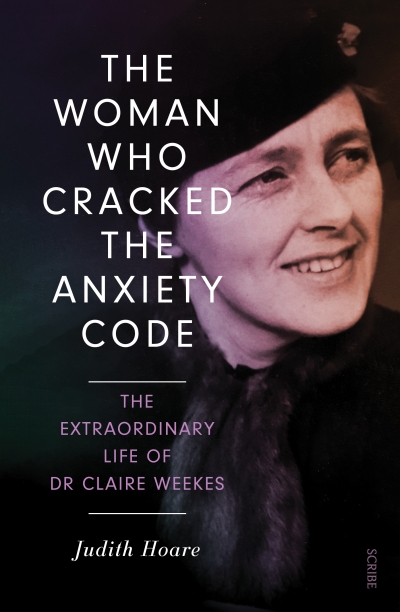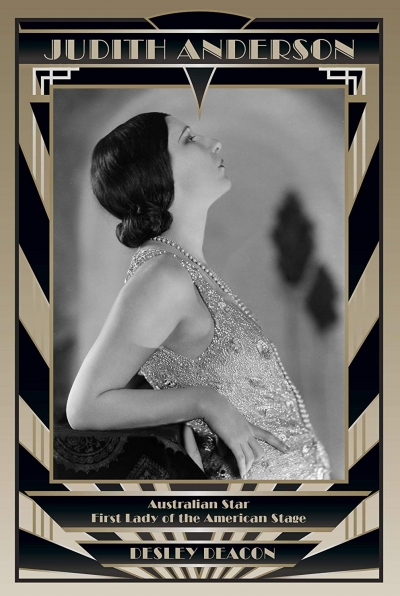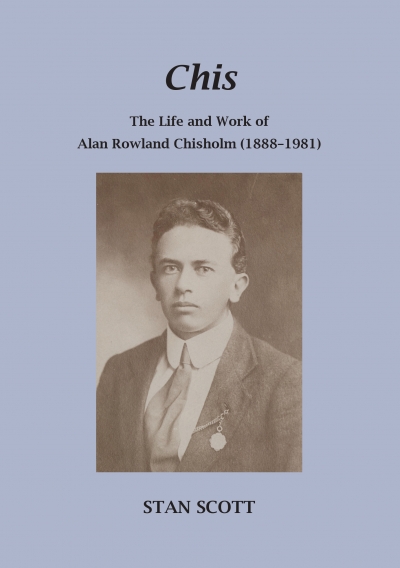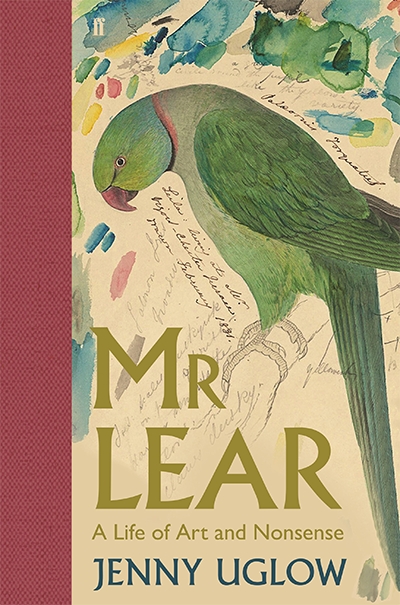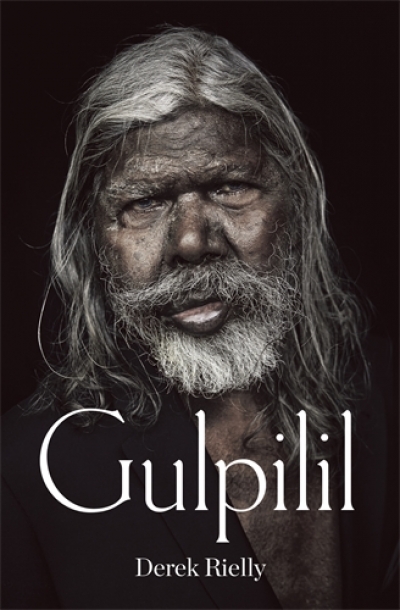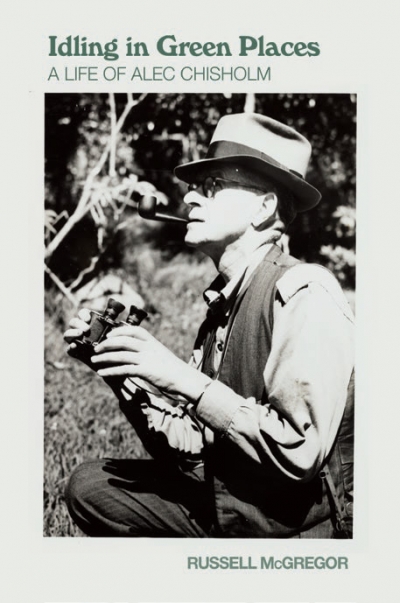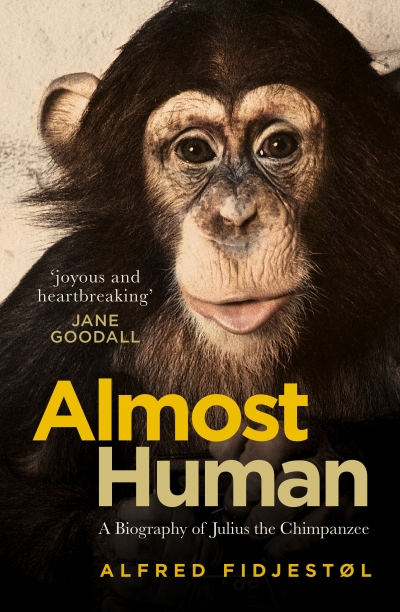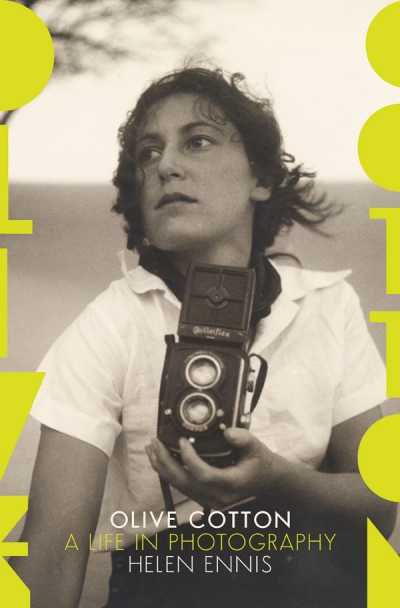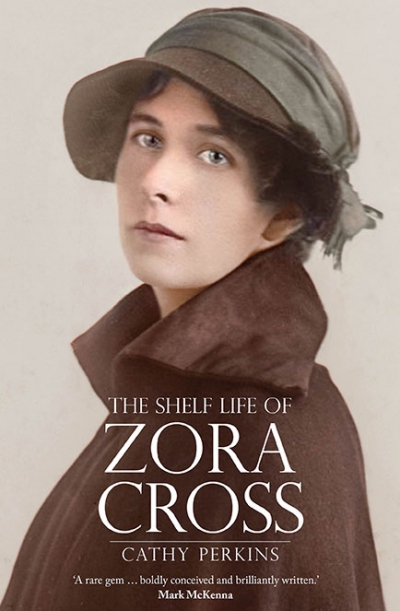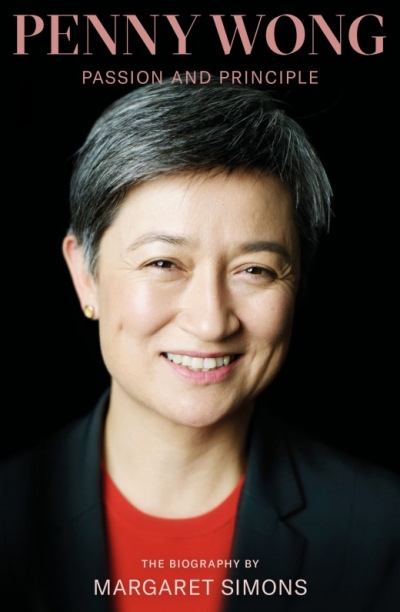Biography
The Woman Who Cracked the Anxiety Code: The extraordinary life of Dr Claire Weekes by Judith Hoare
by Carol Middleton •
Judith Anderson: Australian star, first lady of the American stage by Desley Deacon
by John Rickard •
Chis: The life and work of Alan Rowland Chisholm (1888–1981) by Stanley John Scott
by Colin Nettelbeck •
Idling in Green Places: A life of Alec Chisholm by Russell McGregor
by Danielle Clode •
Almost Human: A biography of Julius the chimpanzee by Alfred Fidjestøl
by Nicholas Bugeja •

